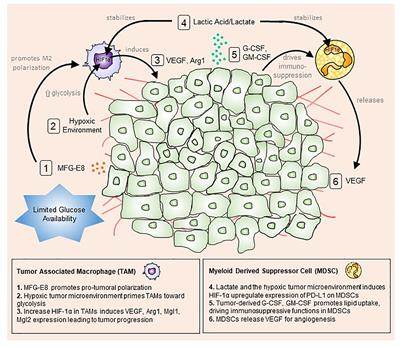EDITORIAL
Published on 15 May 2019
Editorial: The Warburg Effect Regulation Under Siege: the Intertwined Pathways in Health and Disease
doi 10.3389/fcell.2019.00080
- 5,901 views
- 14 citations
33k
Total downloads
154k
Total views and downloads
EDITORIAL
Published on 15 May 2019
REVIEW
Published on 11 Dec 2018

REVIEW
Published on 13 Nov 2018

MINI REVIEW
Published on 12 Nov 2018

ORIGINAL RESEARCH
Published on 31 Oct 2018

MINI REVIEW
Published on 28 Sep 2018

MINI REVIEW
Published on 25 Sep 2018

ORIGINAL RESEARCH
Published on 11 Sep 2018

REVIEW
Published on 11 Sep 2018

MINI REVIEW
Published on 15 Aug 2018

MINI REVIEW
Published on 07 Aug 2018

MINI REVIEW
Published on 24 Jul 2018
